History
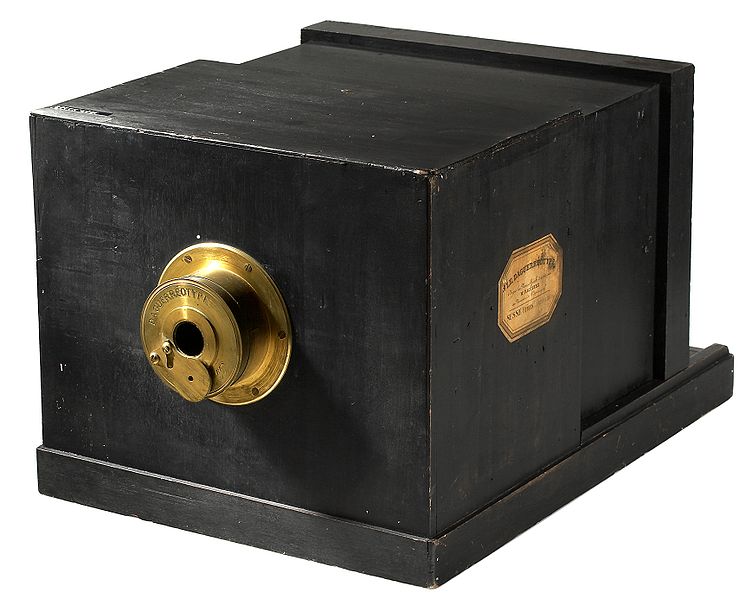
1839 – Daguerreotype
The history of photography dates back thousands of years with the camera obscura. However, the daguerreotype brought photography into an age of relevancy with a relatively “easy” (for the time) method of developing an image that was long-lasting. For the first time, mankind had a physical image taken with light on a portable slab. Until now, images were created with shadows through small holes in walls, which would fade quickly when light was reintroduced to a room. With this camera, light would enter through the hole and expose itself to a plate, for anywhere from 15 minutes to even 45 minutes. While viewed as very tedious and difficult today, it was a revolution then!
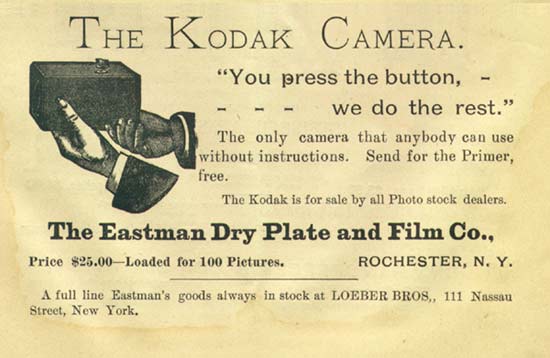
1888 – Eastman Kodak
Until now, every innovation in photography was based around processing a metal plate in which a negative was developed, which could then create the image. Sensitive, tricky, bulky, time-consuming, and expensive, George Eastman stepped onto the stage and developed the first paper film on the market. The Kodak company boasted the motto, “You push the button, we do the rest.” Upon using all the film, one would package it up and ship it off to Kodak’s development center, and wait until receiving the developed prints.
1913 – Tourist Multiple
While the advent of paper film was huge for the photographic market, human nature craved something more. The film used for the Kodak was still large, after all, and because of this, so was the camera. It wasn’t until 1913 that a smaller, more compact camera was introduced to the market. This camera boasted something that was seen before, but before this camera, it wasn't popular. This camera, the Tourist Multiple, became the first popular camera to function using 35mm film, which allowed for more exposures, easier development of images, and ease of carriage throughout. Leica released a 35mm camera 12 years later, and its popularity cemented the use of 35mm in the photographic world.
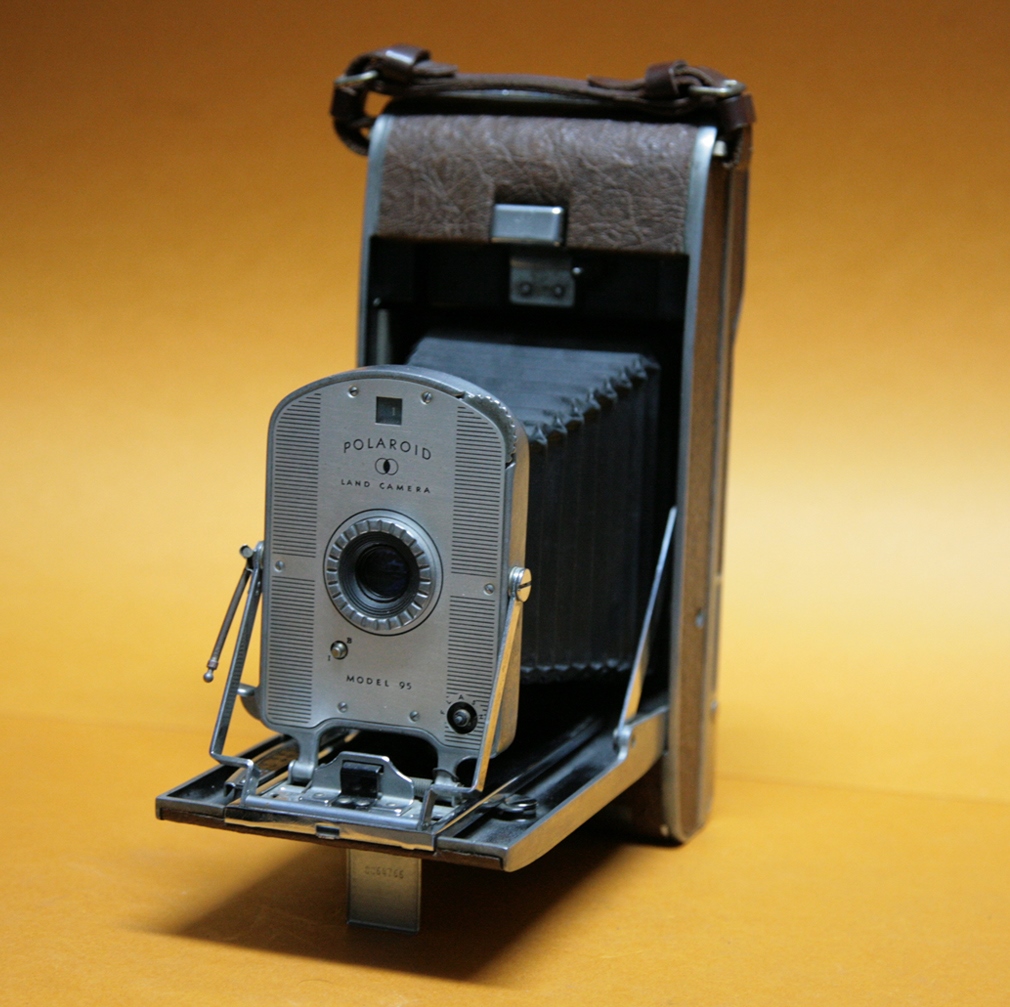
1948 – Polaroid Model 95
Edwin Land was a man with a dream – a dream that film can be easily developed in little time with little equipment. Known also as the “land camera,” Edwin’s Model 95 sought to achieve exactly this. Boasting an ability to “develop in a minute,” this type of camera used a film that required no equipment nor expertise to process – just a dark place to store the image. This concept of the defining forms of photography - the instant camera. Printed on a small glossy film straight from the camera, the Instant Photo is a hallmark to the latter half of the 20th century when polaroid dominated the consumer market of cameras. This Model 95 gave rise to some iconic cameras, such as the SX-70, the Polaroid Spectra, and the Polaroid 600 Series. Even today, instant photography has left its mark through the sale of the fujifilm instax series that dates back to the 90's, including the instax wide, the instax 300, and the neo 90.
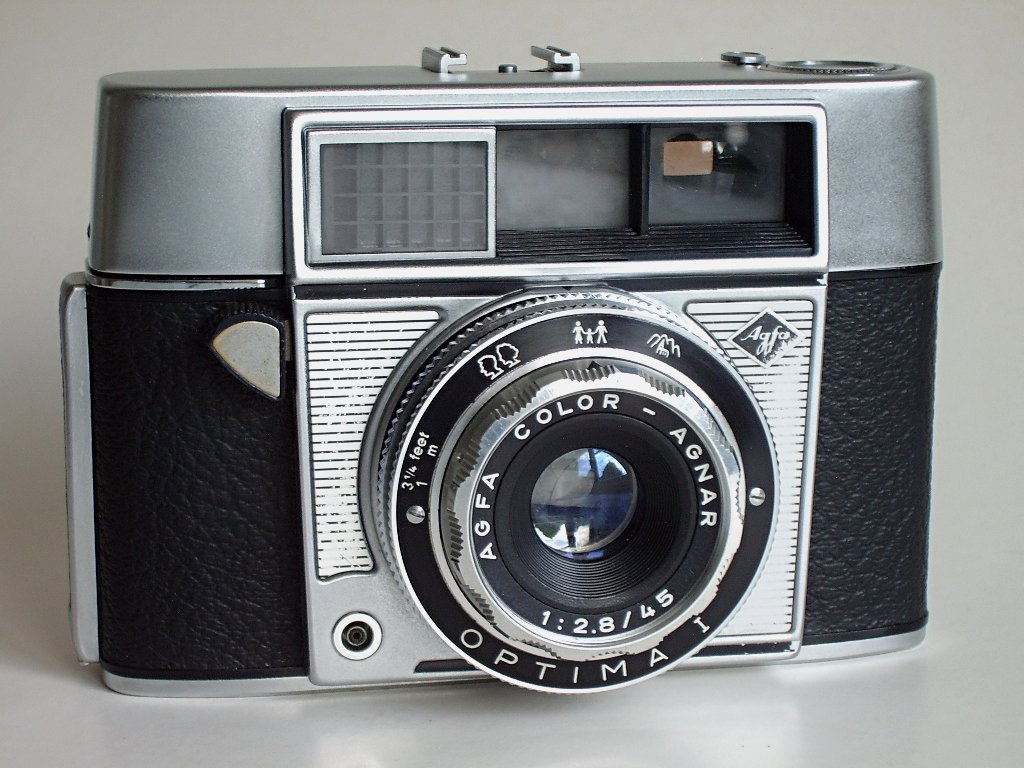
1959 – Agfa Optima
The Agfa Optima was the first camera to have a setting for autoexposure. Now considered a “must” by many people, the use of this function allows one’s camera to measure settings according to the light in the area automatically. Another interesting thing to note about this camera is that it did not run on any batteries. Every automatic adjustment performed by this camera was completely independant of electricity. Rather, the complex gears inside worked to adjust the exposure. Even at this time, popular cameras such as the Kodak Pony had accessories that would require the use of batteries. It wasn't long after this that batteries would become standardized.
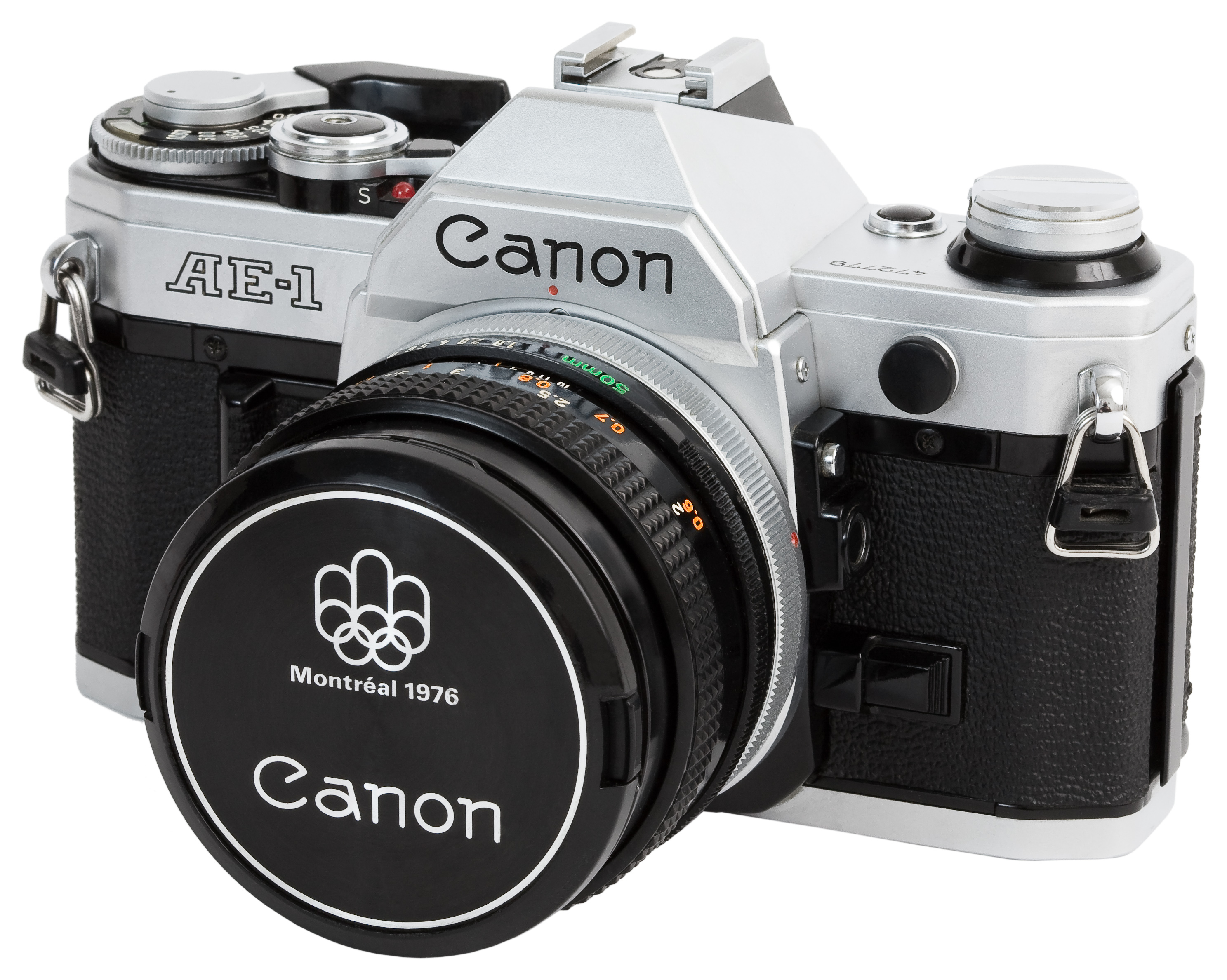
1976 – Canon AE-1
The Canon AE-1 helped bring photography into the modern age. This camera was the first to sell over 5 million units, and for good reason – it was the first to be built with a microprocessor. Doing so allowed for processes otherwise required to be done manually to be done by the camera itself, while also cutting down on total volume and weight. This camera instantly became popular amongst amateur photographers around the world.
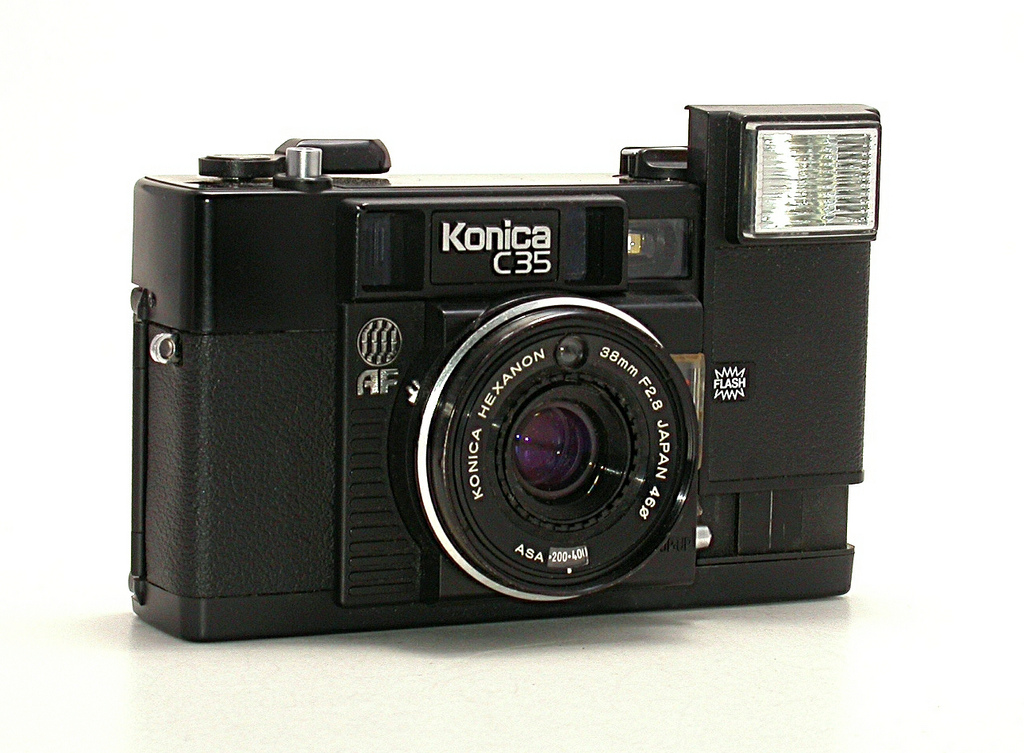
1979 – Konica C35 AF
Konica may be a familiar name. They are now known as Konica Minolta and deal mainly with printing, but prior to this, they had a long history in photography. The two go hand in hand. While a normal company now, it was Konica that developed the first camera to have a true autofocus system. Until this time, all lenses on cameras needed to be focused manually.
1990 – Dycam Model 1
This camera brought mankind into the modern age of photography. The Dycam Model 1 was the first commercially available digital camera. While Kodak developed a protoype in 1975 and Fujifilm developed one in 1988, but with neither being available on the market, Dycam released the first for sale. While nothing compared to the specs in modern digital cameras, the Dycam started it all.
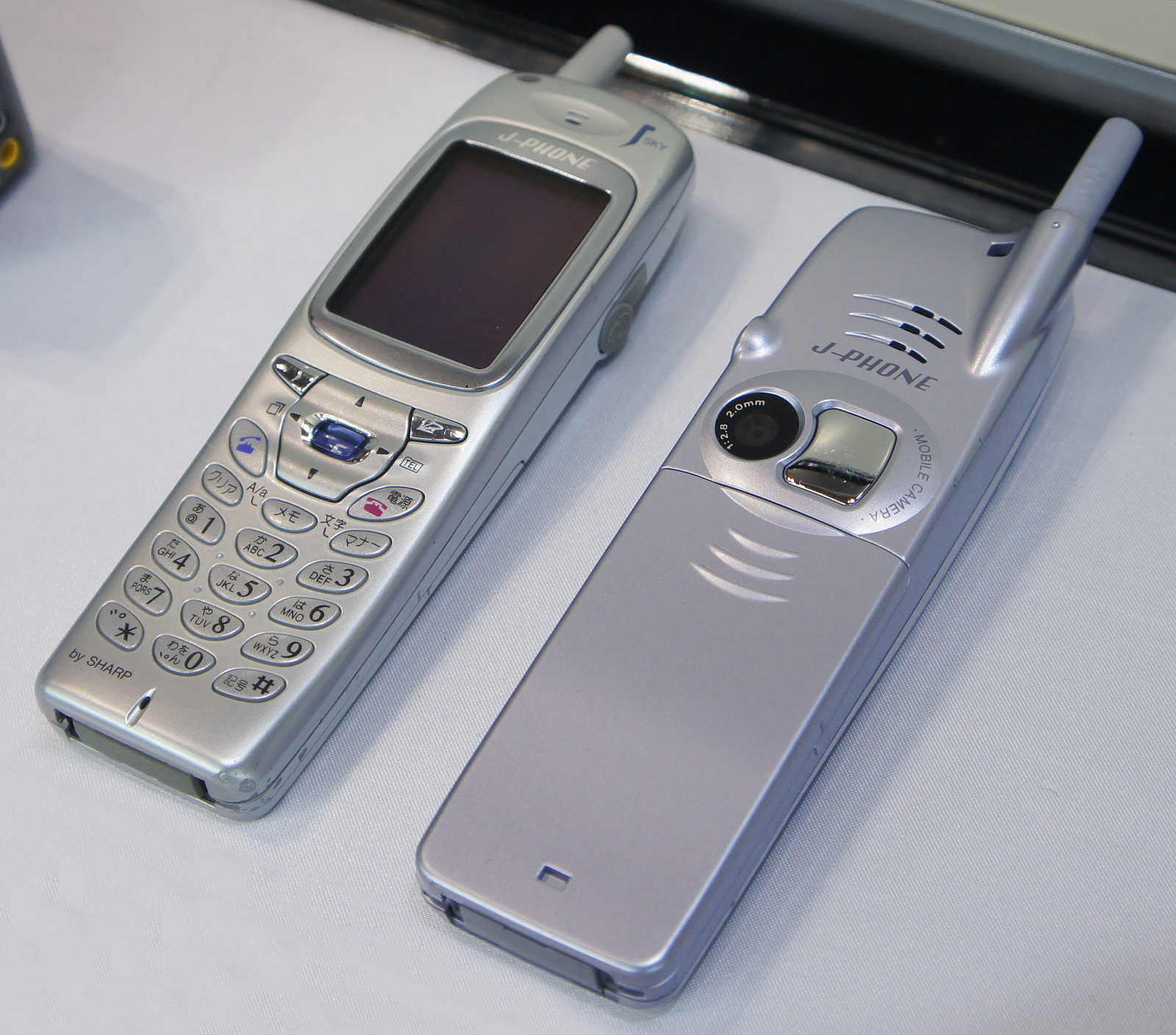
2000 – J-Phone J-SH04
This is perhaps the most important camera on the list. Released only in japan, this is the only entry on this list to function not solely as a camera, but also as a phone. The J-SH04 is the first phone with a built-in camera released on the market. Now, it is common for everybody to have a phone with a built-in camera. After all, how els e would one take a selfie? Back in 2000, it was unheard of, and it was the J-phone that changed all that. Thanks to the j-phone, photography entered a new age. An age where photographs are taken for granted as an aspect of everyday life. An age where one does not need to carry around a dedicated device for photos. Photography is now very easy and very accessible for anybody in the world, and is a hobby anybody can take up – be it with a Canon AE-1 or a Smartphone.
